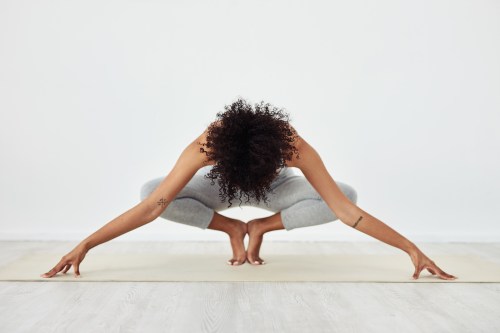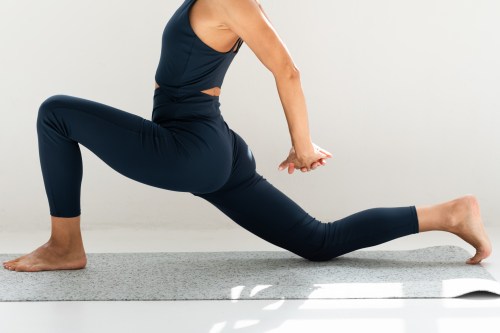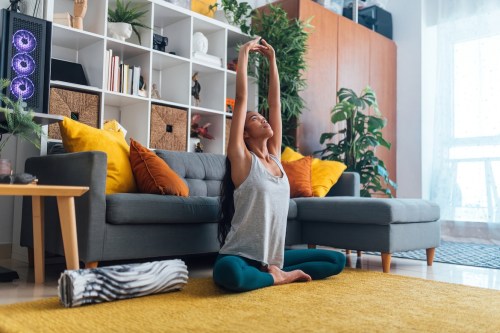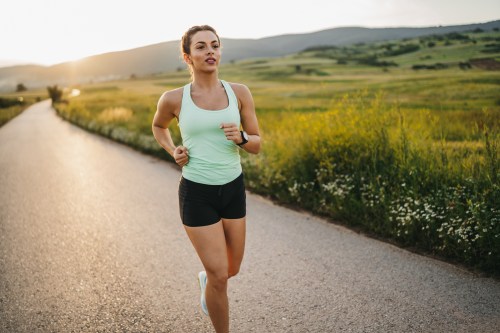Toddlers are natural-born yogis. They stretch their backs out in cobra pose and cat-cow like there’s no tomorrow. And according to Will Torres, founder of NYC-based movement studio, Willspace, the squat babies pop into naturally while they’re playing with toys serves a leg strength exercise that grown-ups should be doing, too.
“The legs are made up of two parts: the lower leg, which is between the knee and ankle, and the upper leg, which is between the hip and knee. If you bend the knees, flex the hips, and dorsiflex the ankles, both parts of the leg come together with the upper leg resting on the lower leg,” says Torres.
The ability to hang out in this position is called leg “foldability” and it can increase your range of motion, help with digestion, and keep the spine, hips, knees, ankles healthy. “It’s also incredible for the tendons and ligaments and is beneficial for blood flow and removal of toxins and waste within the body. It is the ultimate equalizer,” says Torres.
Training your squat doesn’t require complex moves or stretches. Instead, you just have to (literally) pop a squat and work your way up to longer and longer holds. “After every two hours of working at a desk, you can step away and lower yourself into a squat and just hold it for time. After driving to work or home from work, sit in a squat. While you watch TV or play with your kids, sit in a squat. Start with as little as 30 seconds and building from there,” says Torres.
Eventually, you’ll be holding the pose for 20 to 30 minutes total throughout your day—and you’ll start to feel the benefits. ‘Little by little the tissues in the ankle, knees, hips, and spine will first loosen and then, over time, strengthen. And the deep squat position will become more and more comfortable,” he says. Channel your inner child (and your inner-yogi) and work that foldability.
Loosen up before with this quick yoga sequence:
Now that your legs are nice and loose, here’s how to stretch your shoulders and your core.
Sign Up for Our Daily Newsletter
Get all the latest in wellness, trends, food, fitness, beauty, and more delivered right to your inbox.
Got it, you've been added to our email list.











